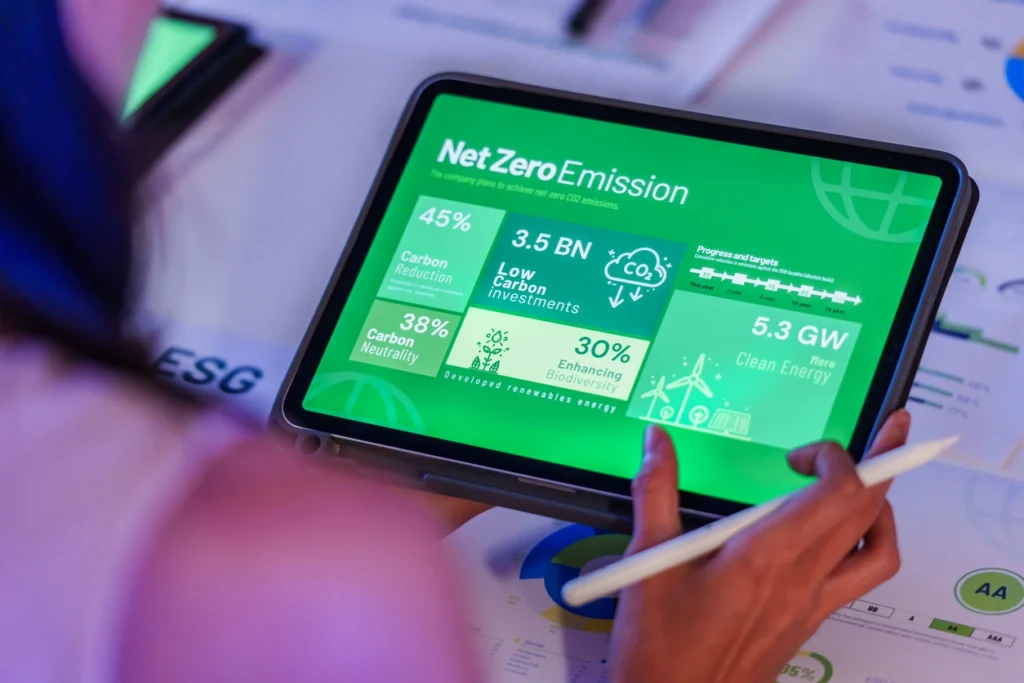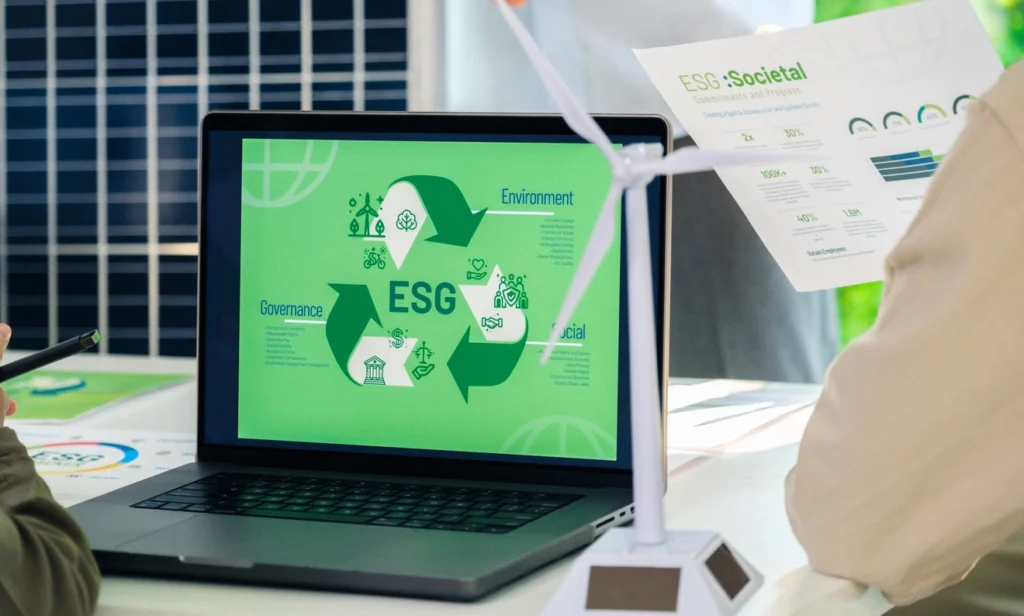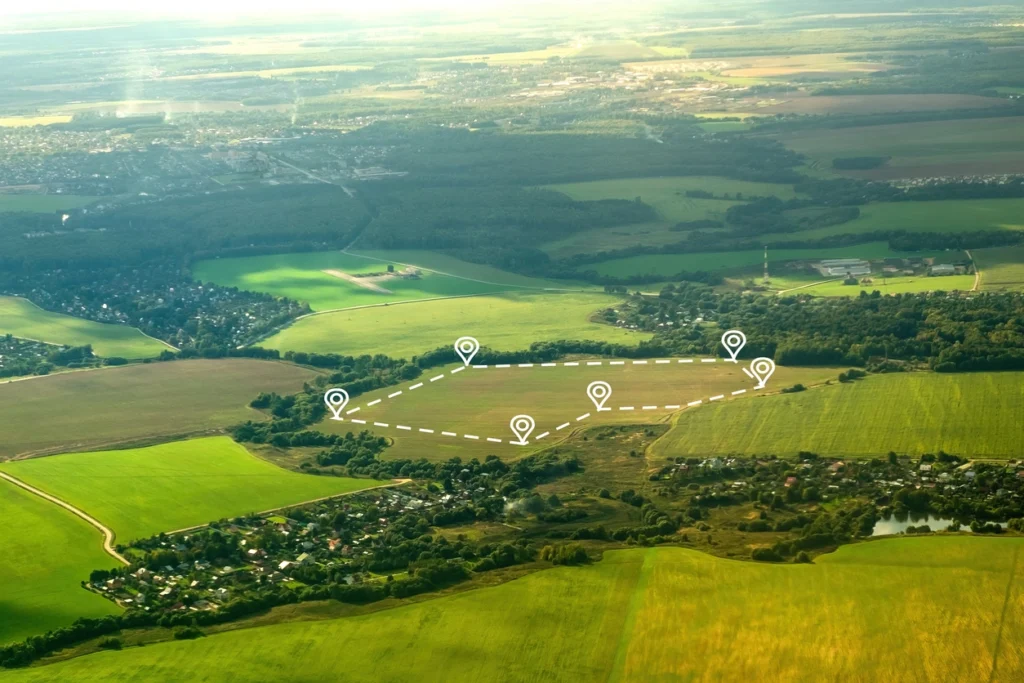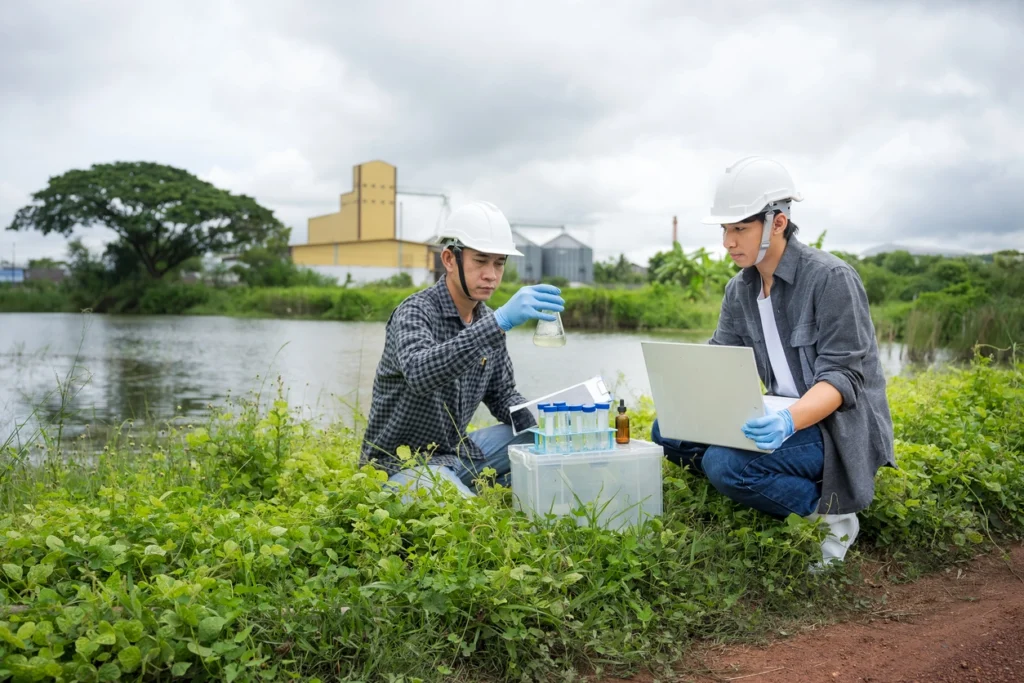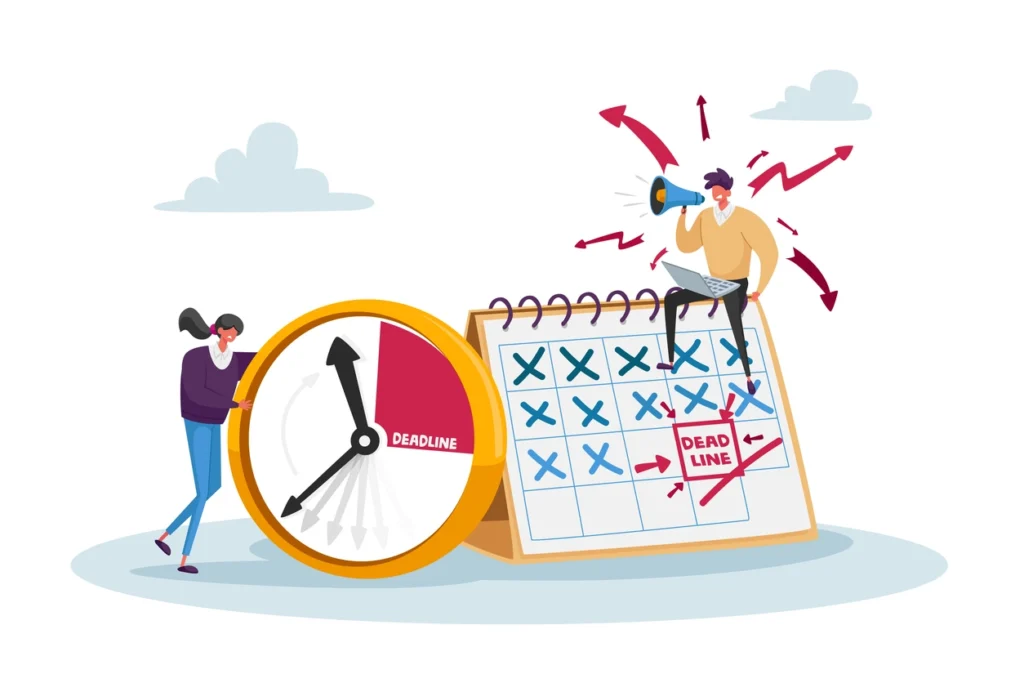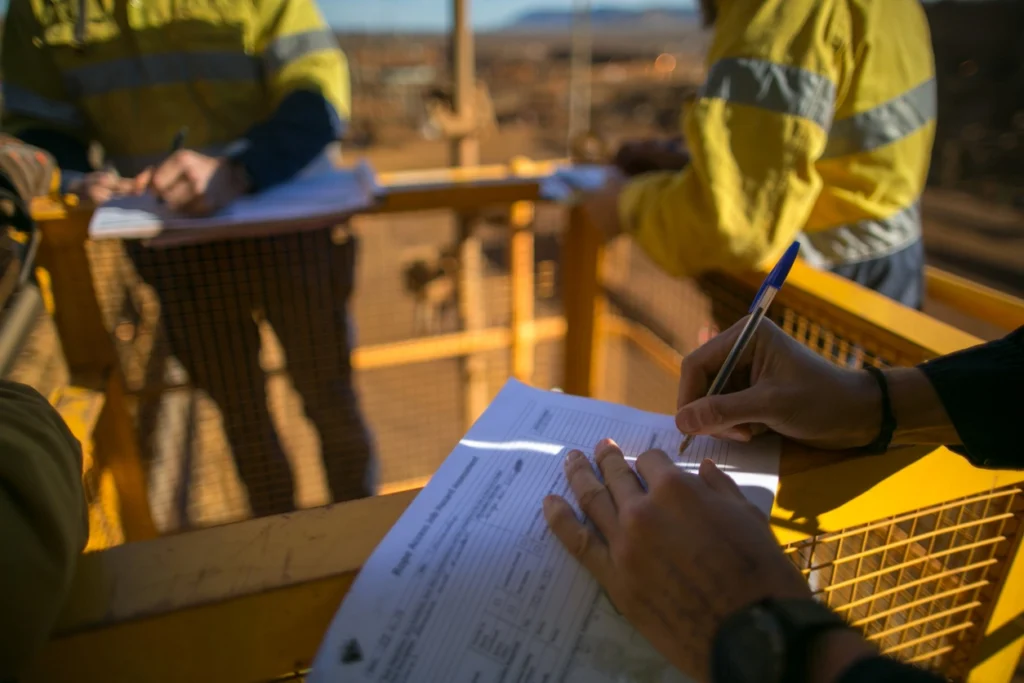Environmental Transaction Screens (ETSs) are preliminary tools used to assess potential environmental risks associated with a commercial property. This streamlined assessment offers a cost-effective and time-efficient alternative to a full Phase I Environmental Site Assessment (ESA) for initial due diligence.
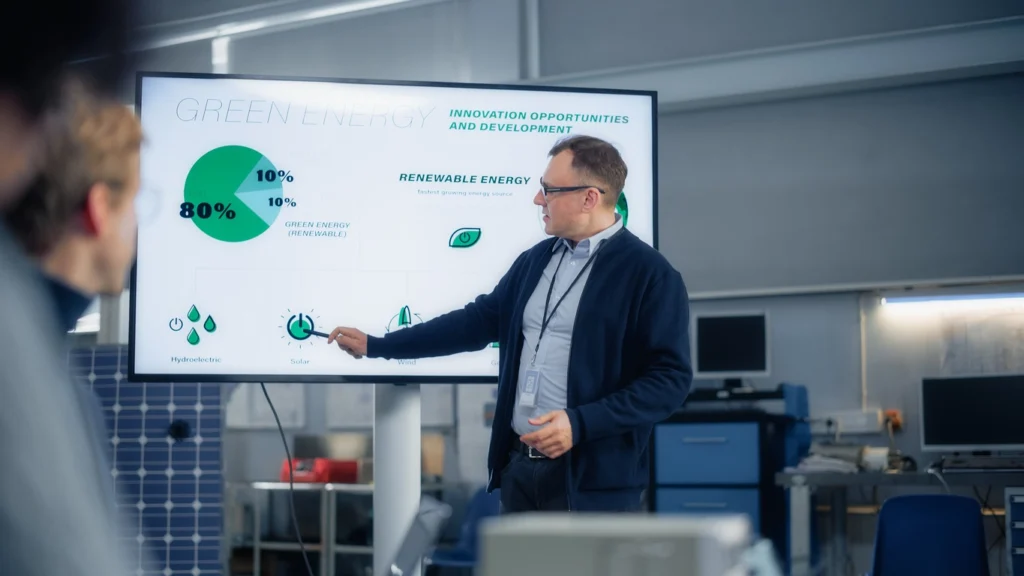
Purpose of ETS:
- Primarily for Low-Risk Properties: An ETS is ideal for properties deemed low-risk based on their size, location, and historical use. It’s suitable when speed and affordability are priorities, and in situations where comprehensive liability protection might not be the primary concern.
- Screening Tool: An ETS functions as a first-pass screening, flagging potential “red flags” that might warrant further investigation with a more in-depth Phase I ESA.
Key Takeaway: Think of an ETS as a way to get a quick environmental “pulse check” on a property. It helps buyers, sellers, and lenders make informed decisions early in the real estate transaction process.
What Do Environmental Transaction Screens Involve?
Database and Records Review:
Environmental Databases: The environmental professional analyzes data from federal (e.g., EPA Superfund Sites/NPL, RCRA facilities), state, and local databases to identify any recorded environmental issues on or near the property.
Focus of the Search: This includes searching for:
- Known contamination sites
- Permitted facilities
- Evidence of spills or releases
- Underground storage tanks
- Any other activities that might indicate potential contamination.
Site Visit (Optional):
A limited site visit aims to identify any visual signs of environmental concern that might not be apparent in records. This could include:
- Stressed vegetation
- Unusual staining
- Evidence of improper waste disposal
- Other potential red flags
Not Always Required: While beneficial, site visits might not be included in every ETS, especially for properties considered very low-risk.
Historical Research:
Researchers analyze historical records like:
- Aerial photographs
- City directories
- Sanborn Fire Insurance maps
- Other available resources
Goal: To understand how the property and surrounding areas were used in the past.
Identifying High-Risk Activities: The focus is on pinpointing past land uses (e.g., gas stations, industrial facilities, dry cleaners) that could have left behind contamination.
Report:
Summary of Findings: The ETS report documents the information gathered from databases, the site visit (if conducted), and historical research.
Red Flags and Recommendations: It highlights areas of potential environmental concern and may recommend further action, such as a limited or full Phase I ESA, if warranted.

Benefits of Environmental Transaction Screens
Affordability:
Significant Cost Savings: One of the primary advantages of an ETS is its affordability compared to a full Phase I ESA. This is due to its streamlined scope and reliance on readily available records.
Appealing for Smaller Deals: The lower cost makes Environmental Transaction Screens particularly attractive for buyers and lenders involved in smaller transactions where the expense of a full Phase I ESA might seem disproportionate.
Speed:
Quick Turnaround: The focus on records and the optional site visit allow ETSs to be completed much faster than a Phase I ESA. Turnaround can often be within a few days to a week.
Facilitates Timely Decisions: In fast-paced real estate scenarios, this speed is crucial. It enables buyers to quickly assess potential risks and make informed decisions within tight timelines.
Risk Identification:
Not as Comprehensive, but Still Valuable: While an ETS doesn’t offer the same depth as a Phase I ESA, it can still uncover major areas of environmental concern.
Proactive Due Diligence: An ETS demonstrates a commitment to due diligence, even on seemingly low-risk properties. It can prevent unpleasant surprises later in the transaction process.
When is an ETS NOT the Right Choice?
High-Risk Properties:
- Past Industrial Use: Properties with a history of industrial activity, manufacturing, chemical handling, or other potentially contaminating uses require the greater scrutiny of a Phase I ESA.
- Known Concerns: If there are existing suspicions of contamination (even anecdotal), an ETS won’t provide sufficient investigation. A Phase I ESA with potential sampling and testing is necessary.
- Complex Properties: Large properties or those with mixed-use zoning may harbor hidden risks that records-based Environmental Transaction Screens could miss.
Limited Liability Protection:
- The CERCLA Factor: To claim the “Innocent Landowner Defense” under CERCLA, a Phase I ESA adhering to specific standards is often required. An ETS generally won’t suffice for this level of legal protection.
- Maximizing Protection: Buyers seeking maximum liability protection should opt for a Phase I ESA, especially for high-risk properties or when comprehensive due diligence is paramount.
Environmental Transaction Screens are not substitutes for Phase I ESAs when the situation demands a more thorough investigation. It’s important to recognize when the potential risks outweigh the benefits of a streamlined assessment.

Real-World Applications of ETS
Scenario 1: Simple, Low-Risk Property
Property: A small, vacant commercial lot in a residential area with no obvious red flags during preliminary research.
Purpose of ETS: An ETS provides a cost-effective way to satisfy a lender’s due diligence requirement for a simple property transaction.
Outcome: If the ETS uncovers no concerns, it offers peace of mind, allowing the deal to proceed confidently.
Scenario 2: Stepping Stone to Phase I
Property: An old gas station converted into a parking lot. The initial ETS reveals the past land use.
ETS Value: While not conclusive, Environmental Transaction Screens raise a significant red flag, warranting a full Phase I ESA with potential soil and groundwater sampling.
Outcome: The ETS prevents the buyer from unknowingly inheriting liability and facilitates informed decision-making about remediation or negotiation.
Key Points:
- Versatility: An ETS can be suitable for different property types and transaction scenarios.
- Proactive Approach: It demonstrates responsible due diligence, even for seemingly low-risk properties.
- Decision-Making Tool: The ETS helps determine whether to proceed with a transaction as is, renegotiate, require further investigation, or walk away.
The Value of Environmental Transaction Screens
An Environmental Transaction Screen (ETS) serves as a valuable tool within the broader spectrum of environmental due diligence assessments. Its cost-effectiveness and speed make it well-suited for initial screenings on seemingly low-risk properties and situations where time is of the essence. By flagging potential red flags, an ETS facilitates informed decision-making, helping buyers, sellers, and lenders navigate potential environmental concerns early on.
It’s crucial to remember that an ETS is not a replacement for a full Phase I ESA in all circumstances. Properties with a history of high-risk uses, known contamination concerns, or where maximum liability protection is sought necessitate the more comprehensive assessment a Phase I ESA provides.
Understanding the strengths and limitations of the ETS is key to its effective use. When employed strategically, alongside other assessments as needed, the ETS contributes to responsible real estate transactions and helps minimize environmental risks.
Frequently Asked Questions About Environmental Transaction Screens
Can Environmental Transaction Screens be used for any type of property?
While an ETS can be applied to various properties, it’s most suitable for those considered low-risk. This typically includes smaller commercial properties, those in primarily residential areas without industrial pasts, and where there are no obvious signs of potential contamination. Large, complex properties or those with known past industrial uses often necessitate a Phase I ESA from the outset.
I had a Phase I ESA done a few years ago. Can I reuse it instead of getting an ETS?
Unfortunately, no. Environmental regulations and standards change, and past assessments become outdated. To ensure reliable due diligence, lenders and buyers usually require a recent ETS or Phase I ESA. Even if the property seems unchanged, an older assessment might not reflect new information, regulatory shifts, or changes in how the property or adjacent sites are being used.
Who can perform Environmental Transaction Screens?
ETSs must be conducted by qualified environmental professionals with expertise in identifying and interpreting potential environmental risks. Look for individuals or companies with experience in environmental assessments, who understand databases, historical research, and the red flags that might warrant further investigation.
My ETS revealed some potential concerns. What should I do?
The value of an ETS lies in its ability to guide the next steps. If red flags are raised, don’t panic. Consult your environmental professional and real estate attorney. They can help determine if a more focused Phase I ESA, addressing the specific areas of concern, is needed. This facilitates informed decisions on whether to proceed, renegotiate, or seek remediation solutions.
Are there specific standards for an ETS like there are for Phase 1 ESAs?
While not as strictly standardized as Phase I ESAs, reputable ETSs usually follow industry guidelines and best practices. When choosing an environmental professional, inquire about their methodology and the components included in their ETS reports to ensure it will provide the level of due diligence you need.



